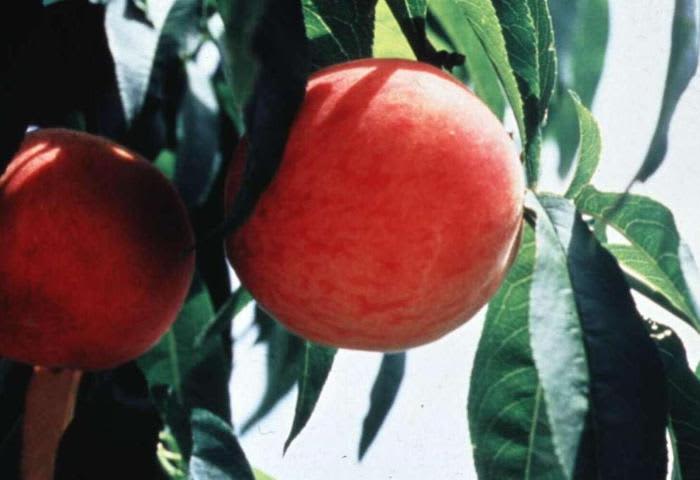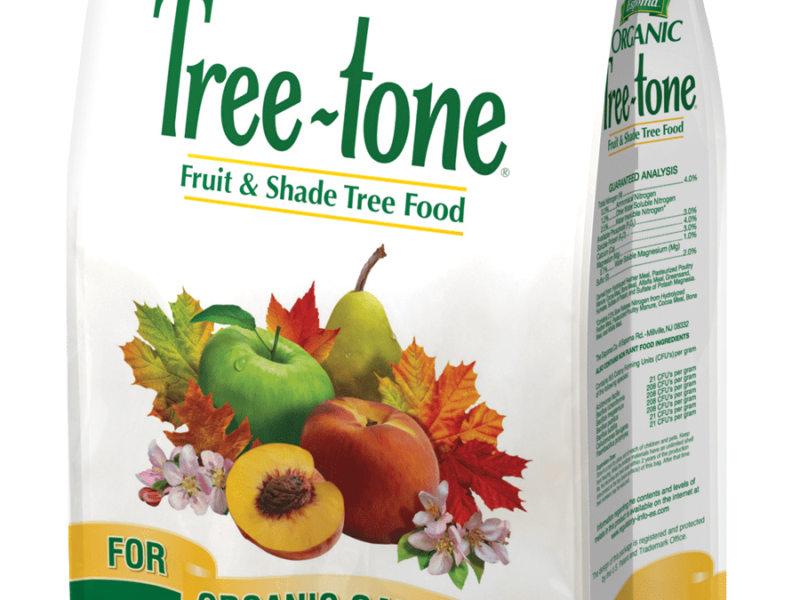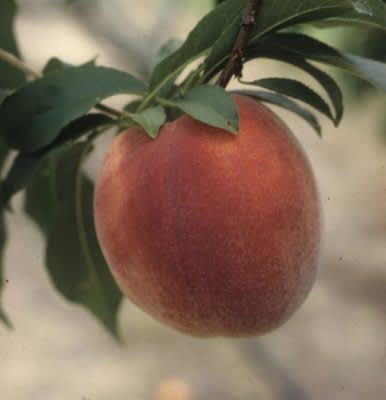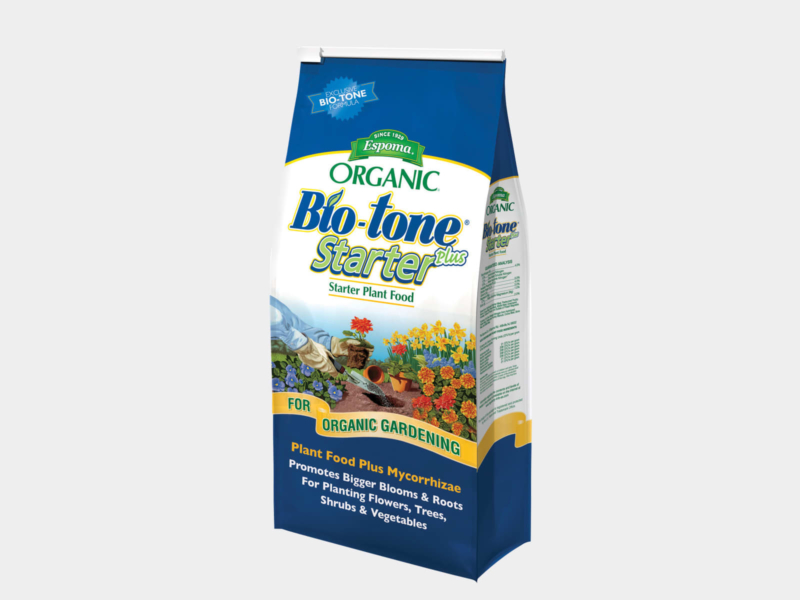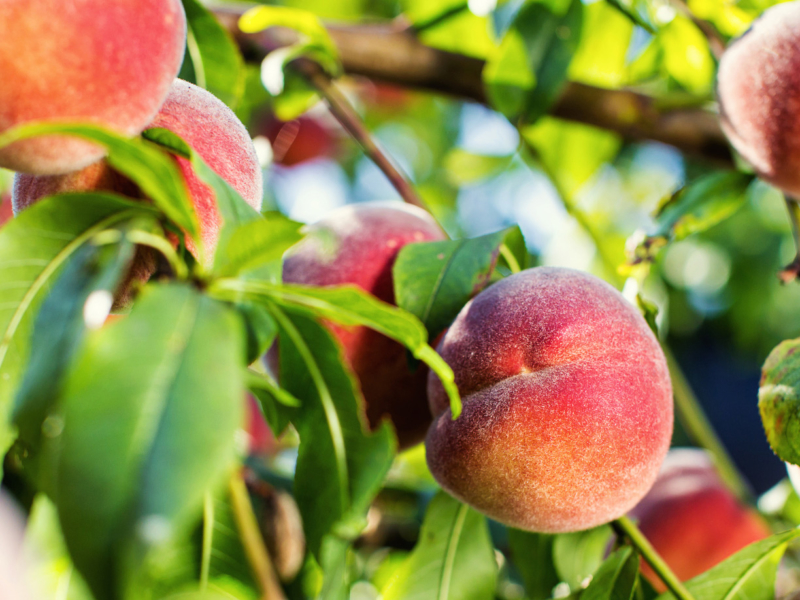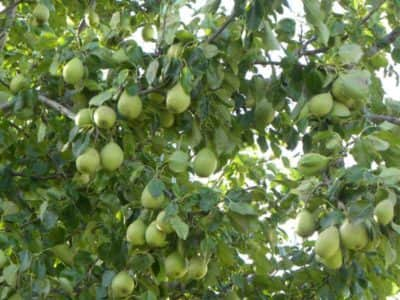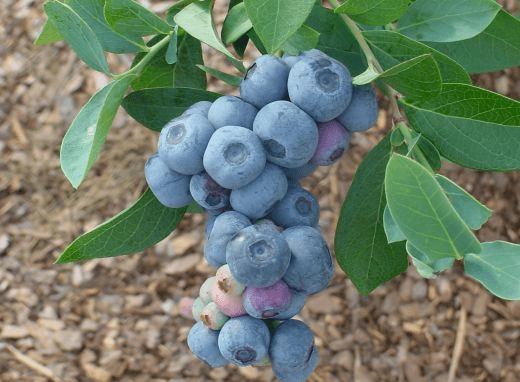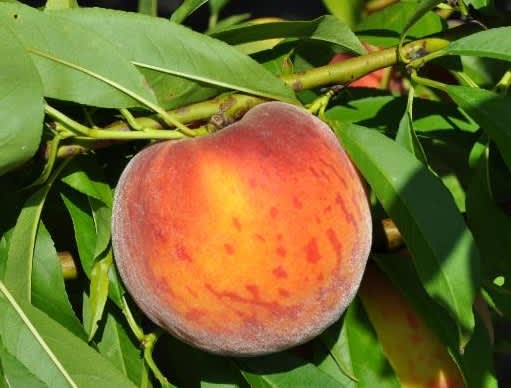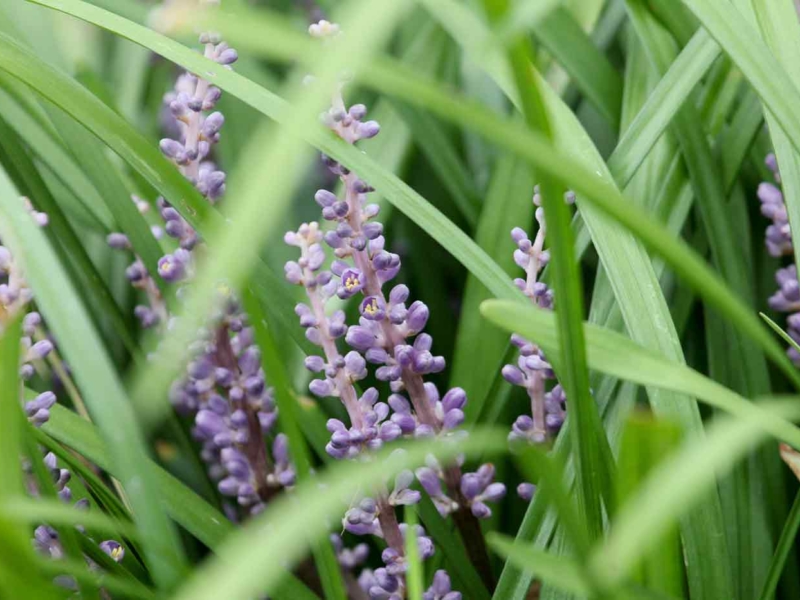Recommended Fertilizers
Starter Fertilizer: Kickstart with Espoma Organic Bio-tone® Starter Plus. This potent blend boosts root mass and aids in mitigating transplant shock, ensuring your plants thrive in their new home.
Maintenance Fertilizer: For continued growth and fruit production, we recommend Espoma Organic Tree-tone Fertilizer. Designed specifically for fruit trees, this balanced formula nourishes your plants, promoting vibrant growth and bountiful harvests.
Fruitscaping™ with Peach Trees
Imagine the delight of strolling through your garden and plucking a ripe, sun-warmed peach straight from your own tree. With our Peach Trees, this dream can be a reality in your Fruitscaping™ journey. These gorgeous trees offer both beauty and bounty, with spring blossoms that give way to juicy fruits in the summer.
Peach trees thrive in well-draining, moderately fertile soil, ideally with a slightly acidic pH. They love the sun and require at least six hours of direct sunlight per day for optimal growth and fruit production. Depending on the variety, these trees can also be surprisingly cold-hardy.
Aside from the delicious fruit they bear, Peach Trees are an attractive addition to any landscape. Their beautiful pink blossoms brighten up the garden in spring, while the vibrant green foliage provides shade and charm throughout the growing season.
Incorporate your Peach Trees into a diverse Fruitscaping™ plan with other fruit trees, berry bushes, and beneficial flowering plants. Consider companion plants that attract beneficial insects to assist with pollination and pest control, enhancing the health and productivity of your Peach Trees.
Fruitscaping™ with Peach Trees is a rewarding experience. From the initial planting, the anticipation of the first bloom, to the sweet reward of biting into a homegrown peach, it’s a journey that brings joy, satisfaction, and a sense of achievement. Create your own orchard oasis with our selection of Peach Trees, and enjoy the fruits of your labor in the most delightful way.
Growing Guides
You can find many planting & care guides on our growing guides page.

